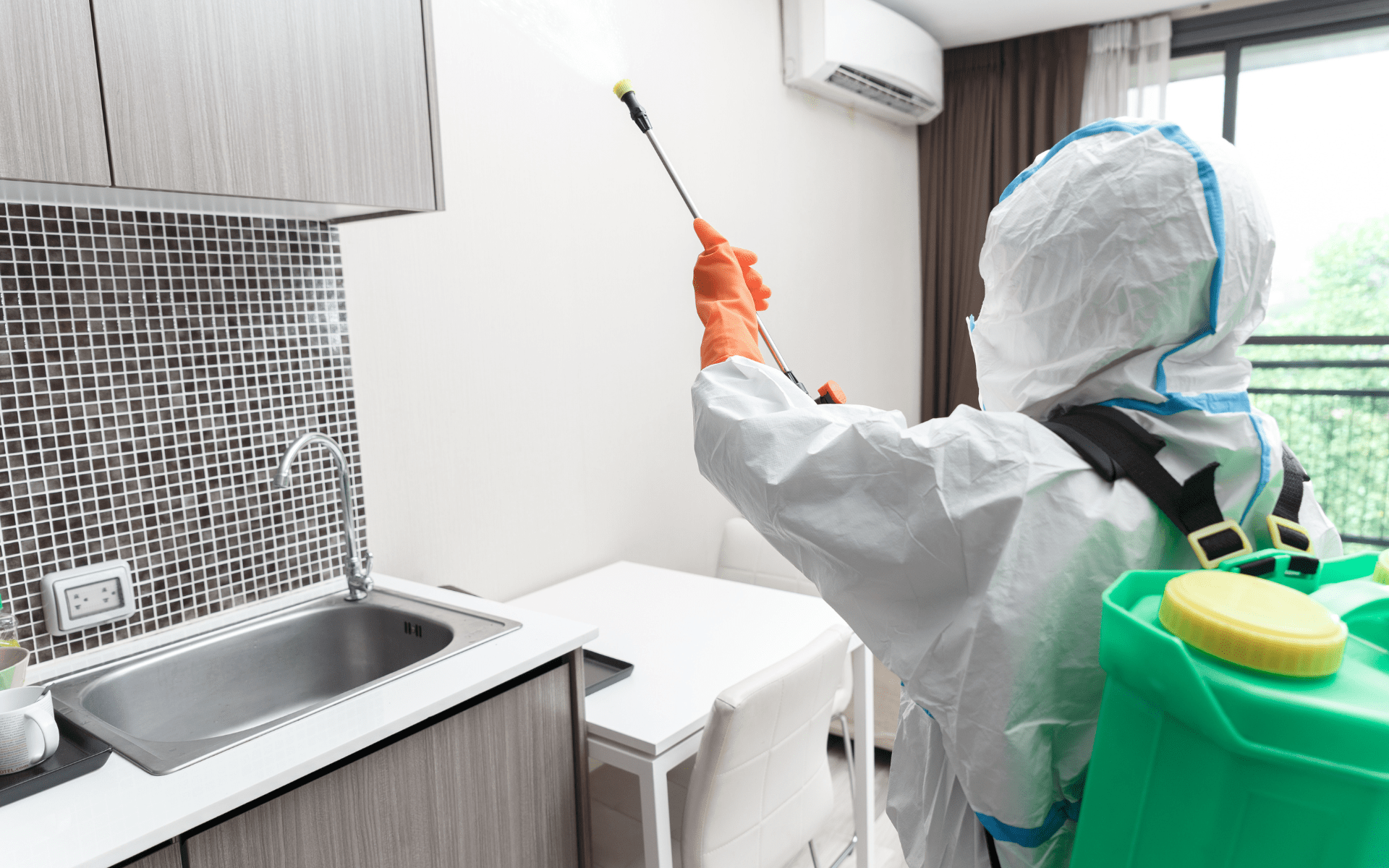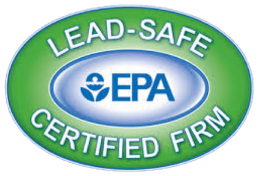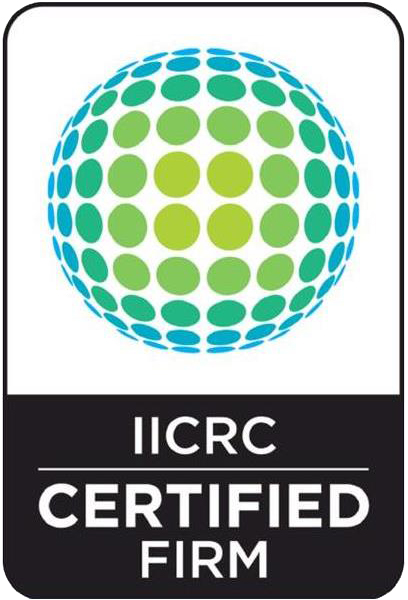Keeping your home clean and disinfected is important for health and well-being. However, it’s easy to make mistakes that reduce cleaning effectiveness or even cause damage. This is why some people look for a restoration company, as they could also help with disinfection and keeping homes from any damage. Well, you can start with yourself. Avoid these 20 common disinfection mistakes to keep your home sparkling clean the right way.
Table of Contents
1. Using the Wrong Cleaning Solutions
Good Housekeeping warns about combining chemicals like bleach and ammonia which create dangerous toxic fumes, reducing cleaning power.
Using the wrong cleaning solutions is a disinfection mistake that can leave your home dirty or even damage surfaces.
- Don’t mix bleach and vinegar – this combination creates chlorine gas which is toxic when inhaled.
- Don’t use abrasives like Comet or Soft Scrub on delicate surfaces like granite or marble countertops as it can scratch them. Bob Vila recommends using cleaning products designed specifically for more delicate surfaces like granite and marble to avoid scratching or other damage while cleaning.
- Don’t use wax strippers on no-wax floors – it will ruin the protective finish.
Stick to cleaning solutions specifically designed for each surface in your home to avoid damage and get things properly disinfected.
2. Only Disinfecting Instead of Deep Cleaning
Disinfecting kills germs but does not remove dirt, grease, and buildup. To properly clean and disinfect, you need to deep clean first.
If you just disinfect a visibly dirty surface, it will still look dirty afterward. The grime prevents disinfectants from reaching and killing all the germs underneath.
Do a thorough deep cleaning before disinfecting floors, countertops, toilets, and other areas. Scrub away built-up grease and soap scum first, then apply disinfectants.
3. Using the Same Cleaning Cloths Throughout the House
It might be tempting to use the same sponges, clothes, and mops throughout your home rather than washing them between rooms. However, this spreads dirt and germs around rather than containing them.
- Use color-coded microfiber cloths or paper towels for each room. Toss paper towels after use.
- Wash microfiber cloths separately – don’t mix kitchen and bathroom cloths in the laundry.
- Give mops a quick rinse in a bucket after doing floors. Consider color-coding mops too.
Containing dirt and germs to each room better disinfect your whole house.
4. Missing Deep Cleaning Opportunities
It’s easy to overlook areas that need occasional deep cleaning sessions beyond daily surface cleaning. Missing these deep cleaning opportunities allows the buildup of dirt, germs, mold, and damage.
- Wash walls, ceilings, and light fixtures every 1-3 months to remove dust, dirt, and cobwebs.
- Clean out the refrigerator and dishwasher 1-2 times per year. Toss old food, wash shelves, removable parts, and door gaskets.
- Deep clean carpets every 6-12 months depending on traffic. Rent a steam cleaner and use carpeting cleaning solutions to lift stains, and dirt from deep fibers.
- Inspect caulking, tile grout, and weather seals around doors and windows yearly. Re-caulk or add weather stripping if needed.
Add these deeper cleaning sessions to your routine to keep your whole home cleaner between daily surface disinfection.
5. Mixing Chemicals
Mixing cleaning and disinfecting products might seem logical to save time or get better results. However, mixing chemicals is an unsafe disinfection mistake.
Combinations like bleach and ammonia or vinegar and hydrogen peroxide create toxic fumes that are dangerous to inhale. Other mixtures simply neutralize each other reducing cleaning power.
Stick to one cleaning product at a time for safety and follow instructions on dwell times before wiping the area or applying another product. Consult cleaning guides to see what can be safely mixed and what cannot.
6. Using Dirty Cleaning Tools
Reusing dirty mops, sponges, cleaning cloths, or scrub brushes reduces the effectiveness of disinfection. All that built-up dirt ends up right back on the surfaces you are trying to get clean!
- Wash microfiber cloths separately in hot water to sanitize them.
- Replace dish scrub brushes monthly and toothbrushes every 3 months.
- Disinfect mops and brooms weekly in a high-heat washer cycle or a bleach and water soak.
- Replace heavily used sponges every 1-2 weeks.
Keeping cleaning tools fresh improves the cleanliness of floors, counters, bathrooms, and more when disinfecting.
7. Rushing Through Cleaning
Disorganized, rushed cleaning often misses key areas and causes mistakes. Taking your time and following checklists room by room improves thoroughness.
Create cleaning checklists breaking down areas into small, specific tasks for each room. Check items off as you clean carefully rather than rushing. For daily cleaning tackle 1-2 rooms per session.
Schedule deeper monthly or seasonal cleaning tasks over multiple days. Rushing through everything in one day leads to missing tasks and mistakes.
8. Not Cleaning Tile Grout
It’s easy to quickly mop floors and forget about cleaning tile grout. However, grimy tile grout harbors dirt, mold, and bacteria.
Clean tile grout at least once per month with a tile grout brush and grout cleaning solution. Let the solution soak for 5-10 minutes before scrubbing.
For tougher buildup, try making a paste from baking soda and vinegar. The bubbles from the fizzing paste help break up grime. Let it bubble for 15 minutes before scrubbing with a brush.
Clean grout improves the disinfection effects when mopping tile, stone, or vinyl floors.
9. Using Too Much Spray Cleaner
It’s tempting to spray cleaners liberally to cover all the surfaces more quickly. However excess cleaner that doesn’t get wiped up right away leaves residue behind.
Residue from cleaners builds up over time leaving cloudy filmed surfaces. Any dirt or dust then sticks to these sticky surfaces making rooms appear dirtier.
Only spray a light mist of cleaner onto surfaces or cleaning cloths. Wipe cleaners immediately before they dry for best results. If you’re scared of the fumes from the spray cleaners, it would be best to hire disinfection services.
10. Cleaning Surfaces with Dirty Sponges
It seems logical to use that dirty sponge to scrub your sink or tiles extra clean. However, a filthy sponge just spreads germs back onto freshly cleaned surfaces.
Rinse sponges thoroughly under running water while scrubbing. Give them a sanitizing bleach and water bath or dishwasher cycle at least weekly.
Replace heavily used sponges monthly. Consider using scrub brushes on tough areas like the tub instead of sponges which harbor more germs.
11. Cleaning Windows on Sunny Days
It might seem like a nice day to do your windows on a sunny afternoon. However, cleaning windows while they are hot and dry leads to frustrating streaks.
For streak-free windows clean when overcast, early morning, or at dusk when the glass is cooler. Hot sun causes cleaning solution and dirt to dry too fast preventing smooth wiping.
You can also mist the glass lightly with water before applying cleaner to help combat the heat. Wipe in overlapping up and down then side to side motions for best results.
12. Dry Dusting Surfaces
Dusting with dry rags or dusters simply moves dust around rather than removing it. Stirred-up dust resettles shortly after leading to the need for frequent repeat dusting.
Instead, attract dust with slightly damp microfiber cloths. The tiny hooks in the fibers grab and trap dust so it wipes away completely.
You can also use handy microfiber dusters designed just for dusting. The wet mopping technique also cleans floors better than dry sweeping.
13. Ignoring High-Touch Areas
High-touch areas like doorknobs, light switches, appliance handles, and remote controls harbor lots of hidden germs. But they often get ignored because they don’t look dirty.
Disinfect these high-touch areas thoroughly each time you deep clean a room. Also, do a full house high touch disinfection session weekly.
Pay special attention to areas touched by multiple family members or visitors. Make sure to scrub away grime before disinfecting.
14. Overcrowding the Dishwasher
It’s tempting to squeeze every last dish into the dishwasher to avoid running it multiple times. However, overcrowded loads leave dishes still dirty after the wash cycle is completed.
Water and detergent cannot access every surface when dishes and plates bump and nest against each other. This prevents proper cleaning and sanitization by your dishwasher.
Leave space between items – use every other time in the bottom rack. Angle plates so water spray can reach the insides and bottoms too for better disinfection.
15. Rubbing Stains While Cleaning
It’s instinctual to want to scrub away at a spot or stain to remove it immediately. However, rubbing before pre-treating or using proper stain removal products can permanently set many stains.
Blot liquid stains quickly with a paper towel or clean cloth when they first occur. Scrape up sticky solids carefully. Then apply a proper stain treatment method before attempting scrubbing.
For carpets, lift stains by dabbing edges in towards the middle with clean rags and stain remover. Avoid harsh back-and-forth friction. Test treatments first on scraps to avoid carpet damage.
16. Using Too Much Force on Stains
Scrubbing too hard or using harsh abrasives trying to remove set-in stains also causes permanent damage. The friction alters texture and fibers rather than lifting stains.
Apply stain pre-treatments like hydrogen peroxide, vinegar, dawn, and water mix or enzymatic cleaners. Let them soak for 5-10 minutes to penetrate set-in stains before gently dabbing not scrubbing.
For delicate fabrics test stain removers on inside hems first. Use gentle circular blotting motions rather than rubbing back and forth. This lifts stains without ruining the item.
17. Using Furniture Polish on Wood
Furniture polish might make the wood shine nicely temporarily, however, polish builds up over time creating a gummy film. This attracts dirt, dulls finishes, and requires repeat polishing for upkeep.
Instead, maintain wood furniture by regularly dusting it with a slightly damp microfiber cloth. Follow up once a month by rubbing a small amount of olive oil into wood with a soft cloth. The oil moisturizes wood, protects finishes beautifully, and needs little upkeep.
For a deeper treatment 1-2 times per year clean the wood with mild soap and water first. Dry completely then apply a thin coat of linseed oil with a clean soft cloth. Buff gently with a dry cloth for a gorgeous refreshed glow.
18. Choosing the Wrong Cleaning Products
With so many options on the shelves, it’s easy to grab the wrong product for the cleaning job. However, using the wrong solutions can damage surfaces, leave residue behind, or simply not clean effectively.
Read labels carefully checking that each product is specially formulated for the surface material you plan to use it on. Verify it will lift the specific dirt or stains you want to clean.
When in doubt do a patch test on scraps or hidden areas of surface materials before using a new cleaning solution. Check for damage, residue, or lightning before applying broadly.
19. Forgetting Microfiber Towels
Paper towels are handy for small cleaning tasks but using them for full room cleanups fills landfills fast. Relying only on old cotton towels leaves too much lint and moisture behind. For effective daily disinfection invest in microfiber towels.
The ultra-fine fibers with small hooks in microfiber lift and trap dust better than other fabrics. They also absorb spills and grease easily leaving surfaces nearly dry and lint-free after wiping.
Microfiber towels are machine washable for reuse over and over unlike paper towels. Keep separate color-coded cloths for bathrooms, kitchen, and other areas to contain germs.
20. Ignoring the Kitchen Sink
With frequent use, the kitchen sink easily becomes one of the germiest places in the house. However, sinks often get overlooked for frequent disinfection beyond an occasional wipe-down after washing dishes.
Set a reminder to thoroughly disinfect your kitchen sink 1-2 times per week. Use an antibacterial cleaner or baking soda and vinegar scrub to lift stains and shine metal.
Pay special attention to handles, ridges, and the garbage disposal rim where bacteria love to hide. Letting grime build up here allows germs to spread to counters and clean dishes.
To Wrap Up
Keeping a disinfected home goes beyond a quick wipe-down. Avoiding common mistakes leads to better health and prevents permanent damage.
Stick to non-toxic cleaners made for each surface material to lift stains without abrasion. Schedule deep cleans between daily sprays to stop dangerous mold and bacteria buildup. Designate color-coded microfiber cloths by room and wash frequently to contain germs.
Take the time to thoroughly clean and gently disinfect. Following fundamental rules prevents costlier repairs down the road and reduces indoor toxins. With some organization-around solutions and checklists, you can keep your whole house sparkling and contamination-free.



